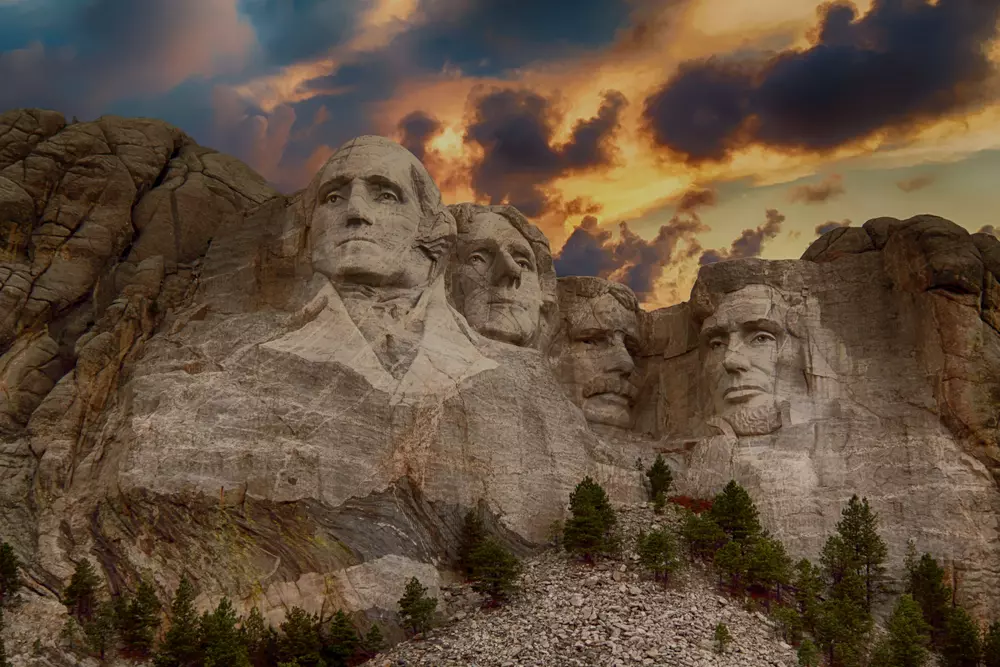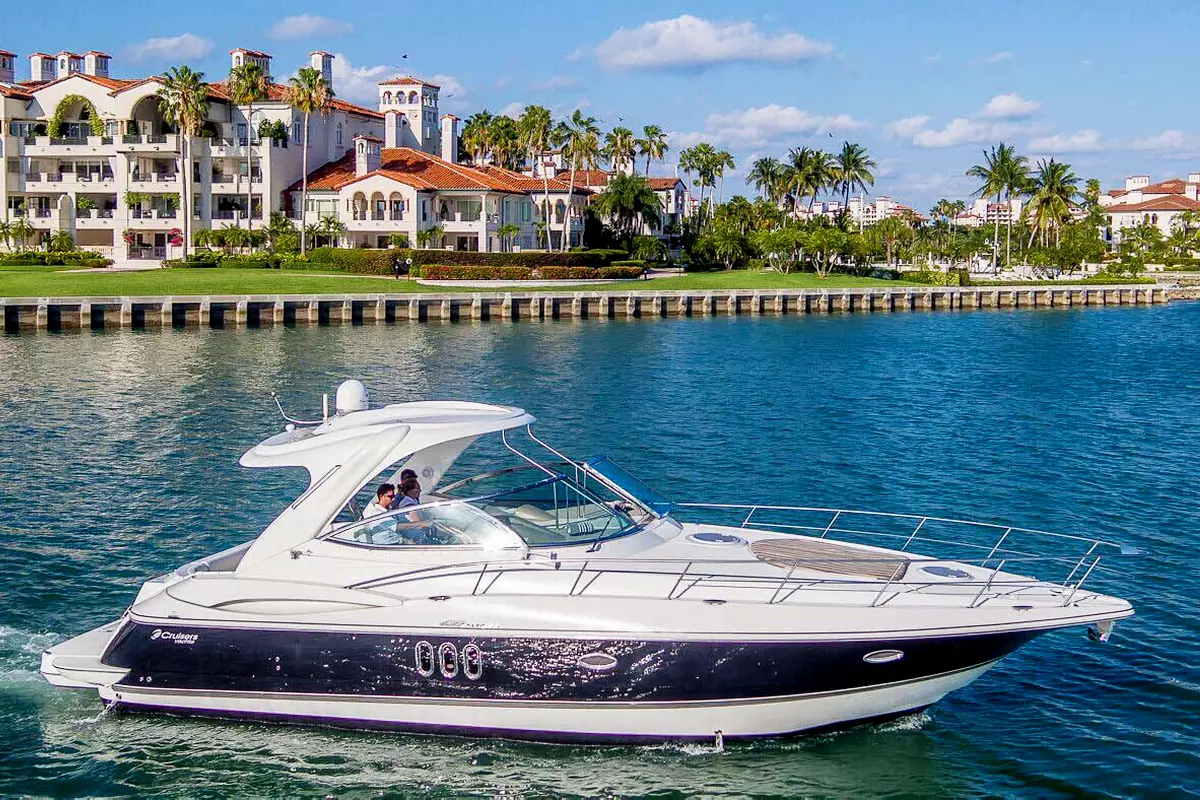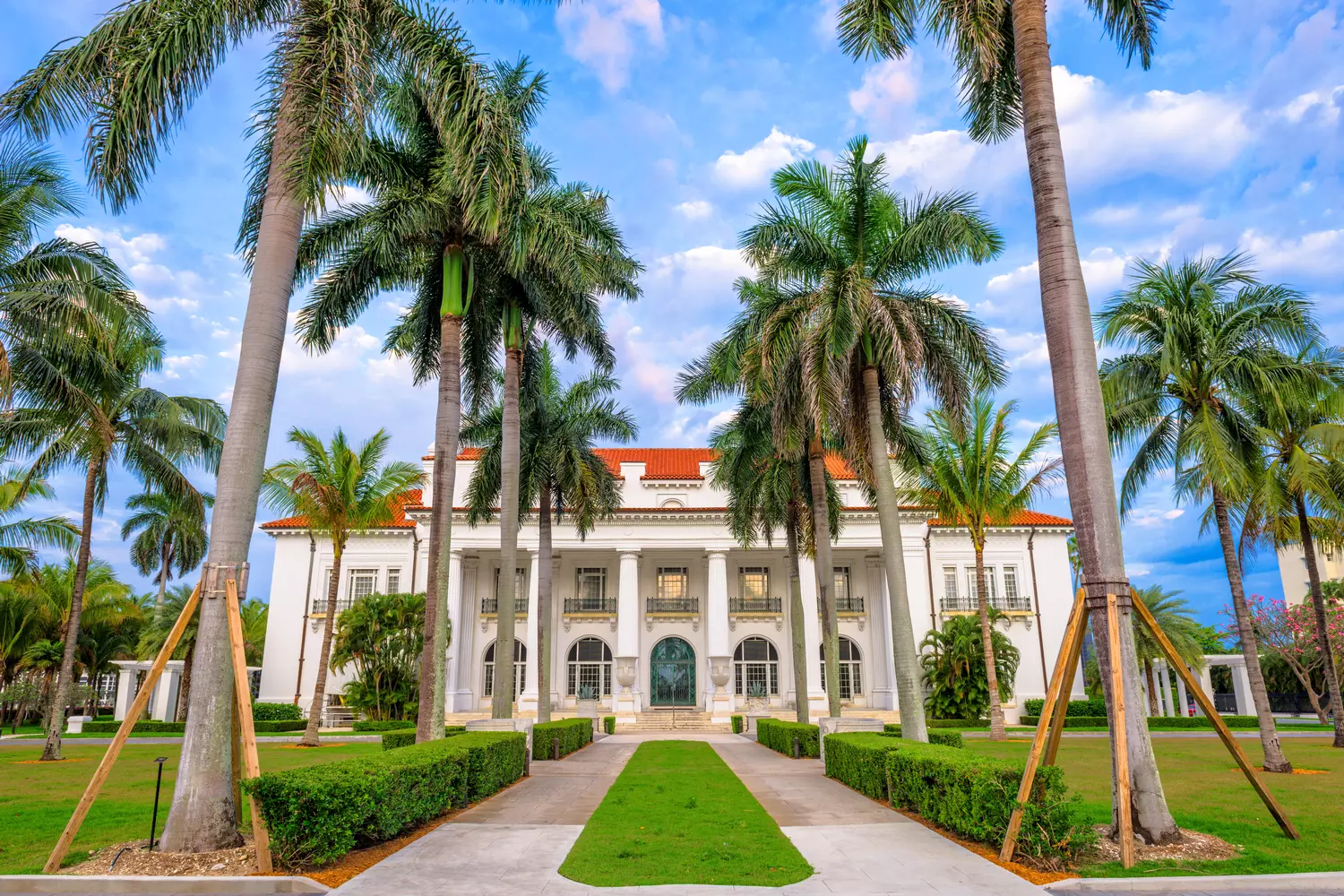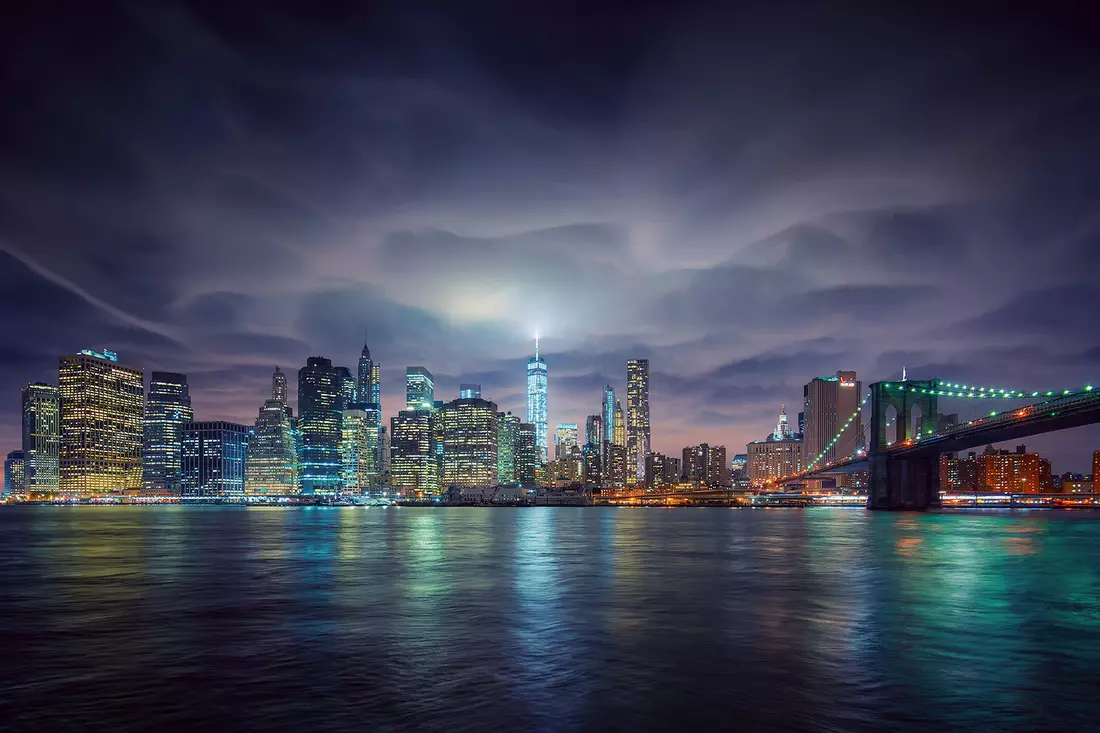The United States is one of the world's largest countries, with borders washed by several oceans and seas. To the west, the country is bordered by the Pacific Ocean, and to the east by the Atlantic. In the south are the waters of the American Gulf, long referred to as the Gulf of Mexico. These bodies of water not only define the country's borders but also influence its climate, economy, and even politics. For example, the Gulf Stream plays a vital role in shaping the weather on the East Coast and makes winters in New York significantly milder than in other places at the same latitude.
In this article, we will examine in detail which waters surround the United States, how they affect nature and people's lives, and why the issue of renaming the Gulf of Mexico has become so relevant.
U.S. Water Boundaries
The United States has an extensive coastline that stretches along three major bodies of water. The Pacific Ocean washes the country's west coast, and the Atlantic Ocean washes the east coast. The southern borders run along the American Gulf (also known as the Gulf of Mexico). There are also several inland seas that influence the climate and economy of coastal regions.
The total length of the U.S. coastline exceeds 19,000 kilometers. This is one of the highest figures in the world. The coasts are very diverse, ranging from the rocky cliffs of California to the sandy beaches of Florida.
- 1.Pacific Ocean
The Pacific Ocean washes the country's west coast. California, Oregon, Washington, and Alaska have access to it. It is the largest ocean on the planet and has a significant impact on the nature of the United States. Warm currents create a mild climate, and in some areas, they create conditions for frequent fog. This is especially noticeable in San Francisco. - 2.Atlantic Ocean
The Atlantic coast stretches from Maine to Florida. Major cities such as New York, Boston, Miami, and Washington, D.C., are located here. This ocean significantly influences the climate of the eastern states. In the northern part, it brings cold winds and snowy winters, while in the south, it contributes to the formation of a warm, humid climate. - 3.American Gulf (Gulf of Mexico)
The southern United States is washed by the waters of a large gulf, long known as the Gulf of Mexico. It is now often referred to as the American Gulf, as most of the coastline belongs to the United States. Texas, Louisiana, Mississippi, Alabama, and Florida have access to the gulf.
Other Water Boundaries
In addition to the oceans and the gulf, the United States borders several important bodies of water. To the north are the Great Lakes, which separate the country from Canada. They are of strategic importance for shipping and freshwater supply. To the south, the border with Mexico runs along the Rio Grande River. This is one of the longest water borders in the United States and is also used for irrigation and water supply.
The U.S. coastline is not just a geographical feature. It influences the country's climate, economy, and even culture. Different parts of the coast have different natural conditions and lifestyles, but they all play an important role in the development of the United States.
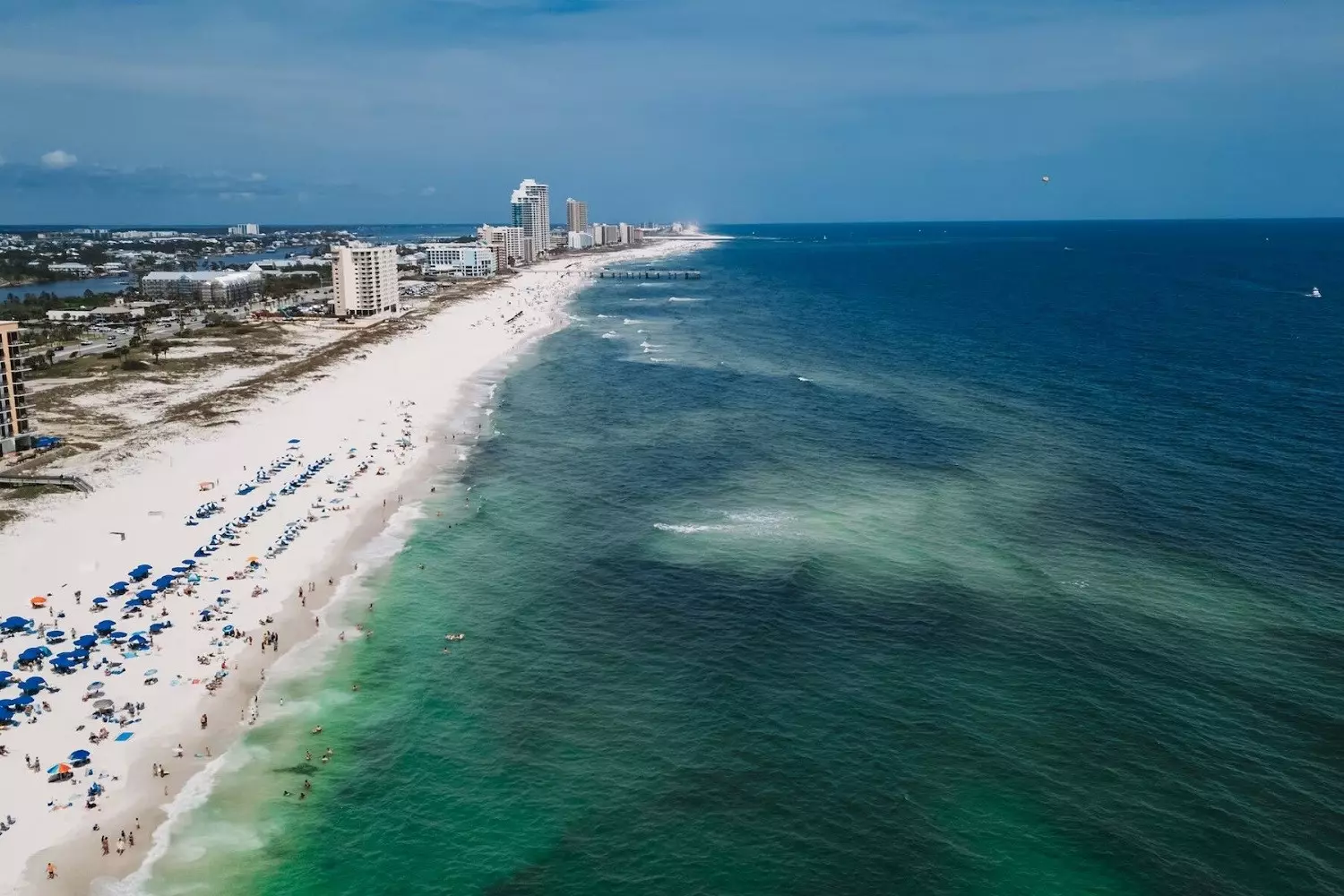
The Pacific Ocean — The Western Border of the USA
The Pacific Ocean washes the western coast of the United States. Its waters stretch from the cold latitudes of Alaska to the warm beaches of California. Along this border are four states — Alaska, Washington, Oregon, and California. The coastline is heavily indented, with rocky cliffs, long sandy beaches, and deep bays suitable for building ports.
Climate and the Ocean's Influence
The Pacific Ocean has a significant impact on the nature of the western states. In the coastal areas of California, the weather remains mild year-round. Summers are rarely too hot, and winters do not bring severe frosts. In Washington and Oregon, the ocean makes the climate more humid — it rains frequently here, and the air is saturated with moisture.
Off the coast of Alaska, the current brings cold waters, making winters in this region particularly harsh. Ice reaches the coast, and snow can lie for most of the year. In Hawaii, which is also washed by the Pacific Ocean, the situation is quite different — here, the climate is warm, due to its proximity to the equator.
Ports and Trade
The Pacific Ocean plays an important role in the U.S. economy. The largest ports are located in Los Angeles, San Francisco, Seattle, and San Diego. Trade routes connecting America with Asia pass through them. Hundreds of ships loaded with goods from China, Japan, and South Korea arrive here annually.
The Port of Los Angeles is one of the largest in the world. It handles millions of containers of electronics, clothing, and industrial goods. San Francisco has historically been an important port city, but its harbor is now used more for cruise liners and private vessels.
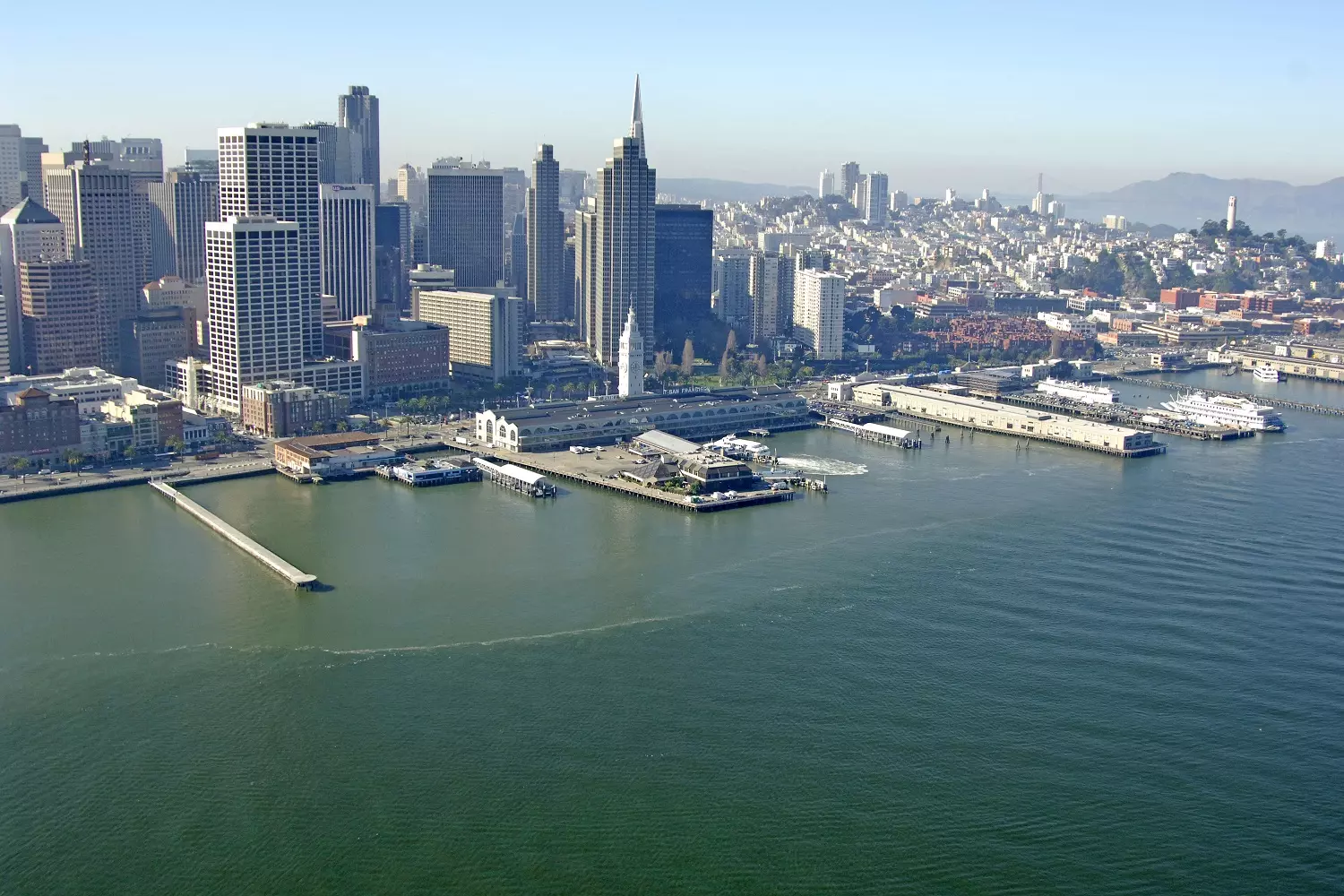
Natural Features and Hazards
The Pacific Ocean coastline is prone to earthquakes and tsunamis. The western United States is located at the junction of tectonic plates, which is why earthquakes often occur in California and other coastal areas. Strong waves sometimes arise in the ocean, which can threaten the coast.
In addition, dense fogs occur on the west coast. This is especially noticeable in San Francisco, where cold currents collide with warm air. Such weather conditions create difficulties for shipping and aviation.
Natural Resources and Tourism
The Pacific Ocean is rich in seafood. Fishing companies harvest tuna, salmon, crabs, and other valuable species here. The waters off the coast of Alaska are particularly rich in fish, making the region one of the main seafood suppliers in the United States.
The west coast attracts tourists. California's beaches are popular with surfers, and national parks located by the ocean offer routes with scenic views. One of the most famous places is the Big Sur coast, where cliffs drop straight into the ocean.
The Pacific Ocean for the United States is not just a border. It shapes the climate, supports trade, and influences the lifestyle of people in the western states. From the cold waters of Alaska to the warm lagoons of Hawaii, this part of the country is heavily dependent on the ocean.
The Atlantic Ocean — The Eastern Border
The Atlantic Ocean stretches along the eastern coast of the United States, washing shores from the cold waters of Maine to the warm beaches of Florida. Its coastline spans thirteen states, including New York, Virginia, North and South Carolina. Major cities, ports, and tourist areas are located here. The ocean plays a crucial role in the climate, economy, and lives of the people.
Climate and Influence on Nature
The Atlantic Ocean creates diverse climatic conditions depending on latitude. In the northern states, it brings coolness in summer and cold winds in winter. Boston and New York often experience snowstorms, which form due to the collision of maritime air with continental air masses.
The further south, the warmer it gets. In the Carolinas and Georgia, the climate is milder, and winters are short. Florida is located in the subtropical zone, with warm weather almost year-round. However, the warm waters of the ocean create favorable conditions for hurricanes. Every year, the coast is at risk of severe storms, especially between August and October.
Ports and Trade
The Atlantic coast of the United States has historically been the gateway to the country. The first colonies appeared here precisely because of sea routes. Today, the largest ports operate on the east coast, through which goods are shipped from Europe, Africa, and South America.
The Port of New York is one of the main transportation hubs in the United States. It handles a massive volume of cargo and passenger ships. Baltimore, Norfolk, and Miami also play significant roles in the country's economy. The Port of Miami is known as the world's largest cruise shipping center.
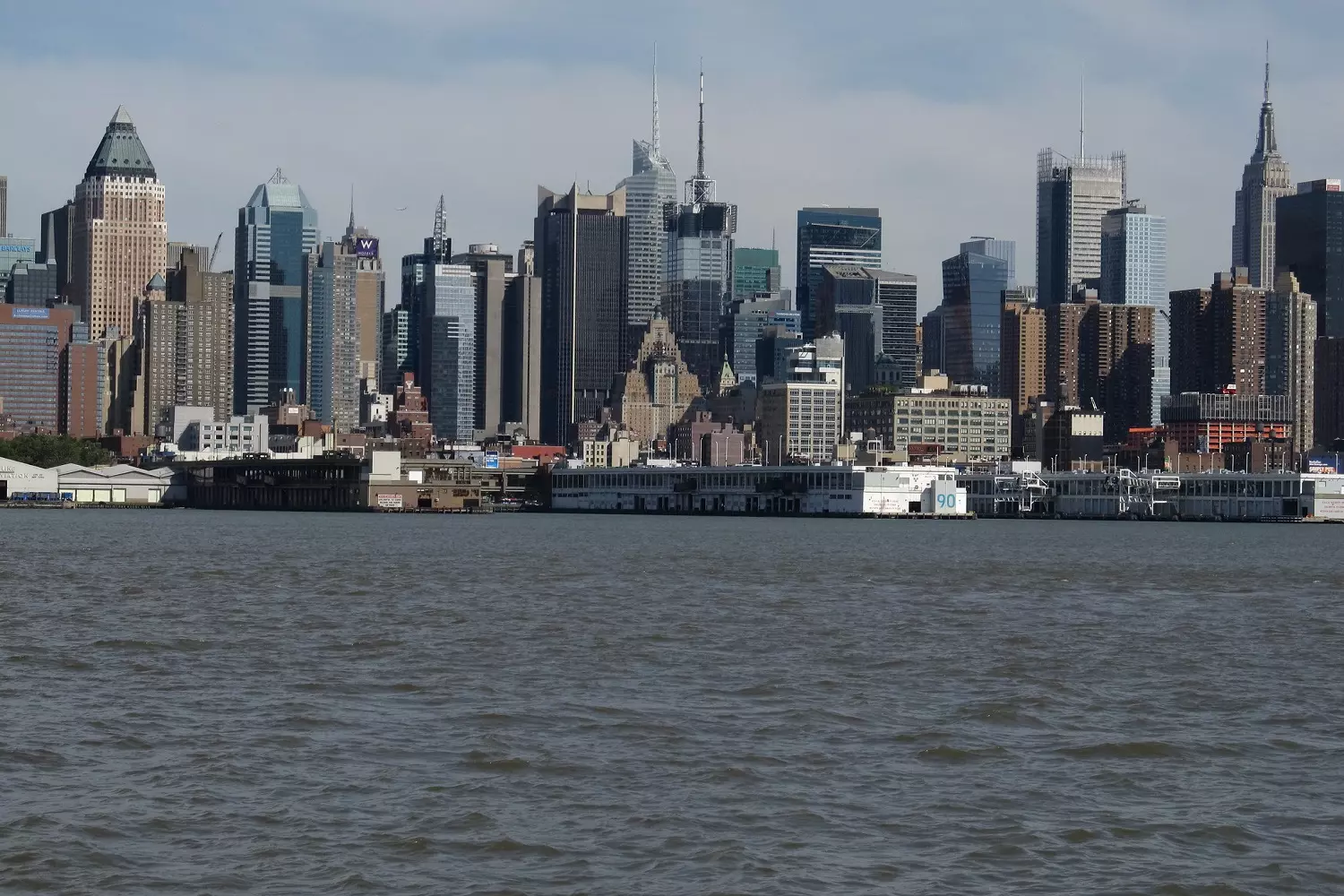
Natural Resources and Fishing
The Atlantic Ocean is rich in fish and seafood. Cod, lobsters, oysters, and other marine life are harvested off the east coast. Fishing ports in New England supply fresh seafood to the domestic market and for export.
Coastal waters serve as an important area for marine research. The migration of whales, the condition of coral reefs, and the impact of climate change on the marine ecosystem are studied here.
Tourism and Coastal Cities
The Atlantic coast of the United States offers numerous tourist destinations. New York attracts travelers with its metropolis, while Miami attracts them with its beaches and nightlife. South Carolina features resort towns with historical architecture, such as Charleston.
Florida is especially popular with tourists. Miami Beach, Key West, and other resort areas are located here. The coast is suitable for surfing, diving, and fishing.
The Gulf Stream and Its Influence
One of the most significant factors affecting the climate and nature of the East Coast is the Gulf Stream. It originates in the Florida region and moves north, bringing warm waters to the Atlantic Ocean. Thanks to the Gulf Stream, winters in New York are milder than they would be at the same latitude.
The current also plays a vital role in shipping. Ship captains use it to speed up crossings across the ocean. However, strong storms often form near the Gulf Stream, making this area dangerous for navigation.
The Atlantic Ocean influences all aspects of life on the East Coast. It shapes the climate, supports trade, and creates conditions for urban development. From the cold states of New England to hot Florida, this border defines many processes in the country.
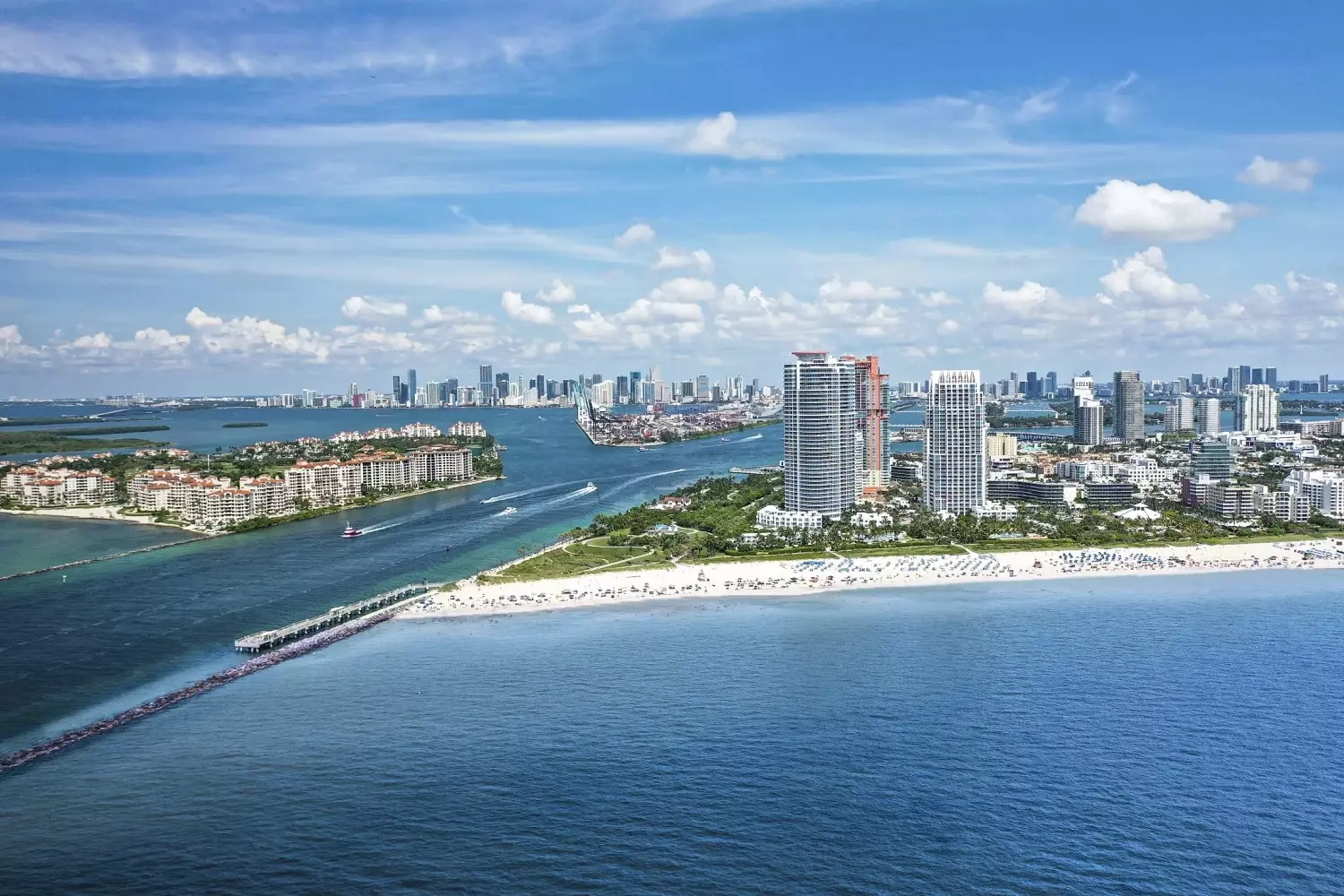
Gulf of Mexico
The Gulf of Mexico (also known as the American Gulf) is located in the southeastern United States and washes the shores of five states — Florida, Alabama, Mississippi, Louisiana, and Texas. It connects to the Atlantic Ocean through the Florida Straits and to the Caribbean Sea through the Yucatan Channel. The warm waters of the gulf significantly affect the climate of coastal areas, the economy, and natural processes.
Climate and Weather Conditions
The gulf is located in the subtropical zone, which is why its waters are always warm. This creates favorable conditions for the development of the marine ecosystem but also contributes to the formation of hurricanes. Every year, from June to November, coastal areas face the risk of severe storms.
Warm air masses rising above the gulf often lead to the formation of powerful hurricanes that hit the southern states of the United States. The most devastating of these were Hurricane Katrina in 2005 and Hurricane Harvey in 2017. Due to the high water temperature, hurricanes quickly gain strength, especially in late summer.
Economic Role and Ports
The American Gulf is an important transportation hub. Routes connecting the United States with Latin America, Europe, and West Africa pass through it. Major ports are located here — Houston, New Orleans, Tampa, and Mobile.
The Port of Houston is one of the busiest in the country. It serves tankers carrying oil, gas, and industrial goods. New Orleans, in addition to cargo traffic, is also known as a center for cruise shipping.
The gulf plays a key role in the oil production industry. Offshore platforms are concentrated here, providing a significant portion of oil and gas production in the United States. Oil refineries in Texas and Louisiana receive raw materials from fields located directly in the gulf's waters.
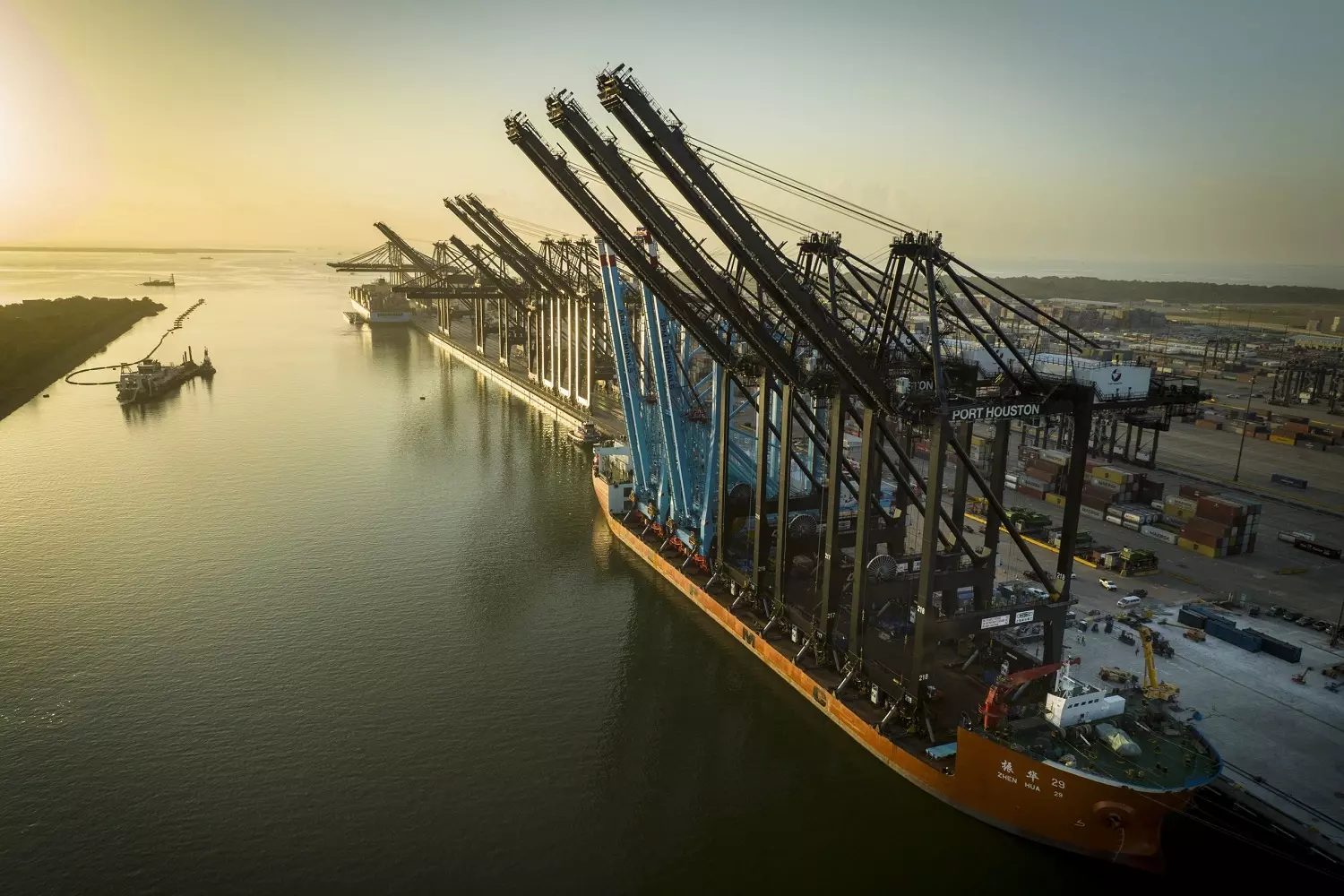
Natural Resources and Ecosystem
The warm waters of the gulf are rich in marine life. Numerous species of fish, sea turtles, and dolphins inhabit here. Fishing plays an important role in the region's economy. Shrimp, oysters, and red snapper, which are harvested on an industrial scale, are particularly valued.
However, the gulf's ecosystem is vulnerable. Oil spills caused by accidents on drilling platforms seriously harm the marine environment. The largest disaster occurred in 2010 when an explosion on the Deepwater Horizon platform led to massive pollution.
Coastal swamps and mangrove forests along the gulf perform an important function — they protect the land from storm waves and are home to many species of birds and animals. In recent decades, these natural areas have been threatened by industrial development and changes in water levels.
Tourism and Coastal Areas
The coast of the American Gulf attracts tourists with its mild climate and white sand beaches. Popular resort areas are located along the coastline of Florida, Alabama, and Texas.
One of the famous places is Panama City Beach in Florida. It is a resort with warm coastal waters and developed infrastructure. The city of Galveston in Texas is known for its historic buildings and cruise port.
National parks and reserves along the gulf allow you to explore its unique nature. For example, Everglades National Park in Florida protects rare species of animals and plants characteristic of the subtropical zone.
The American Gulf is not just a body of water on the map. It defines the climate of the southern states, affects the economy, and supports the marine ecosystem. From oil platforms to resort beaches, its importance is hard to overestimate.
Miami yacht charters
Gulf Stream — A Warm Current Affecting the USA
The Gulf Stream has already been mentioned as an important part of the Atlantic Ocean, but its influence goes far beyond coastal waters. This current originates in the Gulf of Mexico, runs along the east coast of the United States, and extends into the Atlantic Ocean. It shapes the climate, affects the economy, and even creates natural hazards.
How the Gulf Stream Shapes the U.S. Climate
The current makes the east coast of the United States warmer than other regions at the same latitude. This is especially noticeable in New York and Washington, D.C. — without the Gulf Stream, winters there would be as cold as in Canada.
Florida, located at the current’s origin, maintains a warm climate year-round, but this also makes it vulnerable to hurricanes. The warm water creates conditions for powerful storms that threaten the entire southeast of the country.
Further north, in the region of the Carolinas and Virginia, the current increases air humidity, which affects the amount of precipitation. Rainfall in these regions is often associated with the influence of the Gulf Stream. And in New England, in winter, its warm air collides with cold air masses, causing heavy snowfall.
Why the Gulf Stream Is Important for the Economy
It has already been noted that the current accelerates sea transportation. This reduces fuel costs and shortens the delivery time of goods from the United States to Europe.
There is another side — the Gulf Stream creates powerful currents that complicate navigation, especially in the area of Cape Hatteras, where shipwrecks often occur.
For fishing, the current also plays an important role. It brings nutrients to coastal waters, creating conditions for fish breeding. This is why tuna, mackerel, and lobster are actively fished along the east coast of the United States.
The Gulf Stream and Global Changes
The current affects not only the United States but also Europe. Scientists believe that due to climate change, the Gulf Stream may slow down. This will lead to a rise in sea levels on the American coast, which threatens flooding in Miami, New York, and other coastal cities.
If the current weakens, the east coast of the United States will become colder, and hurricanes will become more frequent in the south. While the Gulf Stream remains stable, observations show that its speed is gradually decreasing.
This process is not fast, but its consequences can be serious. The United States is heavily dependent on the Gulf Stream — from climate to economy, and any changes in its movement will inevitably affect the lives of millions of people.
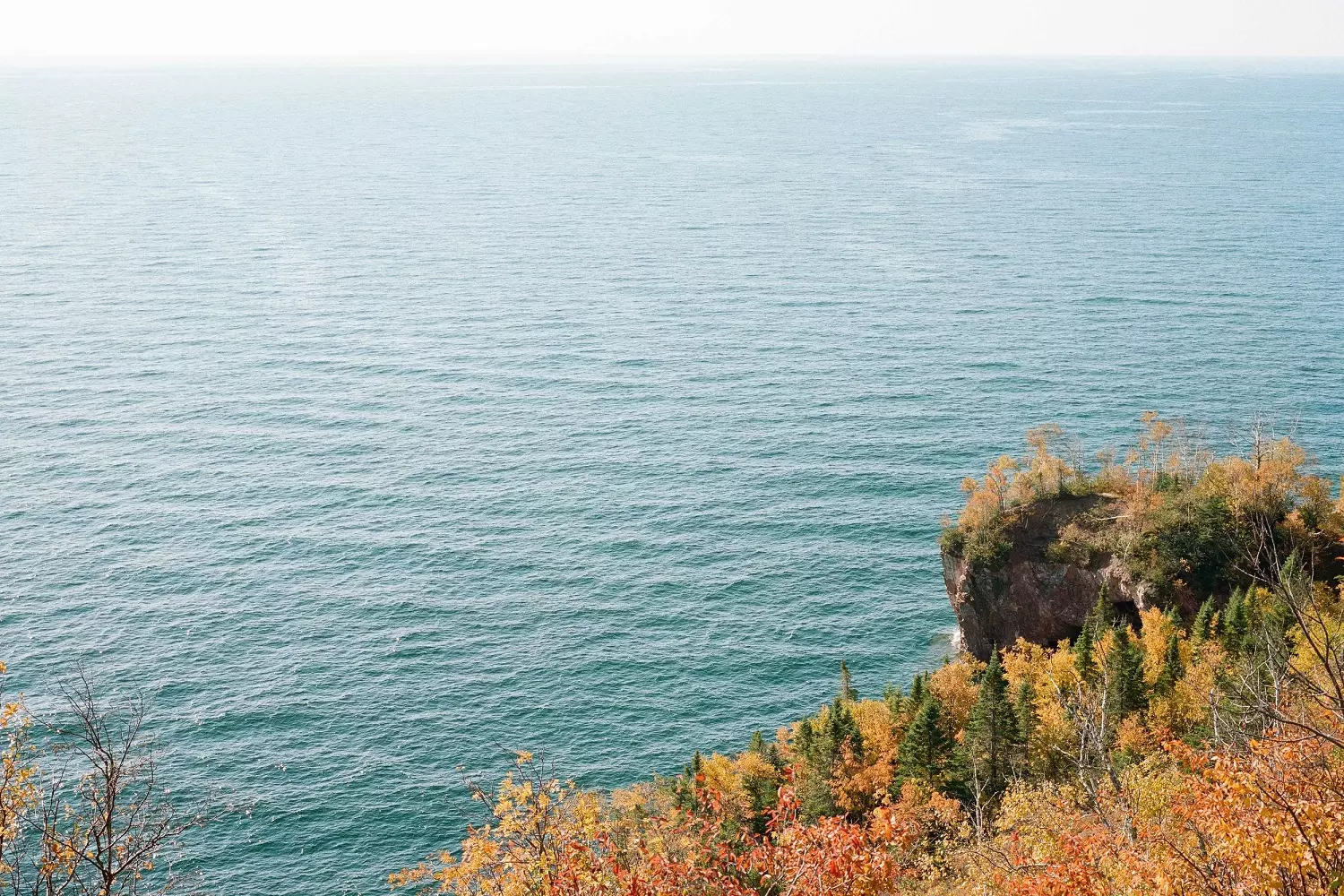
The USA is washed by the waters of three major marine basins — the Pacific and Atlantic Oceans, as well as the Gulf of Mexico. These water boundaries not only define the country’s geography but also affect the climate, economy, and natural conditions.
The Pacific Ocean to the west is the largest and deepest, the Atlantic to the east is more developed and rich in shipping routes, and the warm waters of the Gulf of Mexico create a comfortable climate but also increase the risk of hurricanes. The picture is complemented by the Gulf Stream — a powerful current that shapes the climate of the east coast and plays a key role in maritime trade.
All these water systems make the United States a country with a unique geographical position, affecting the lives of millions of people.



























